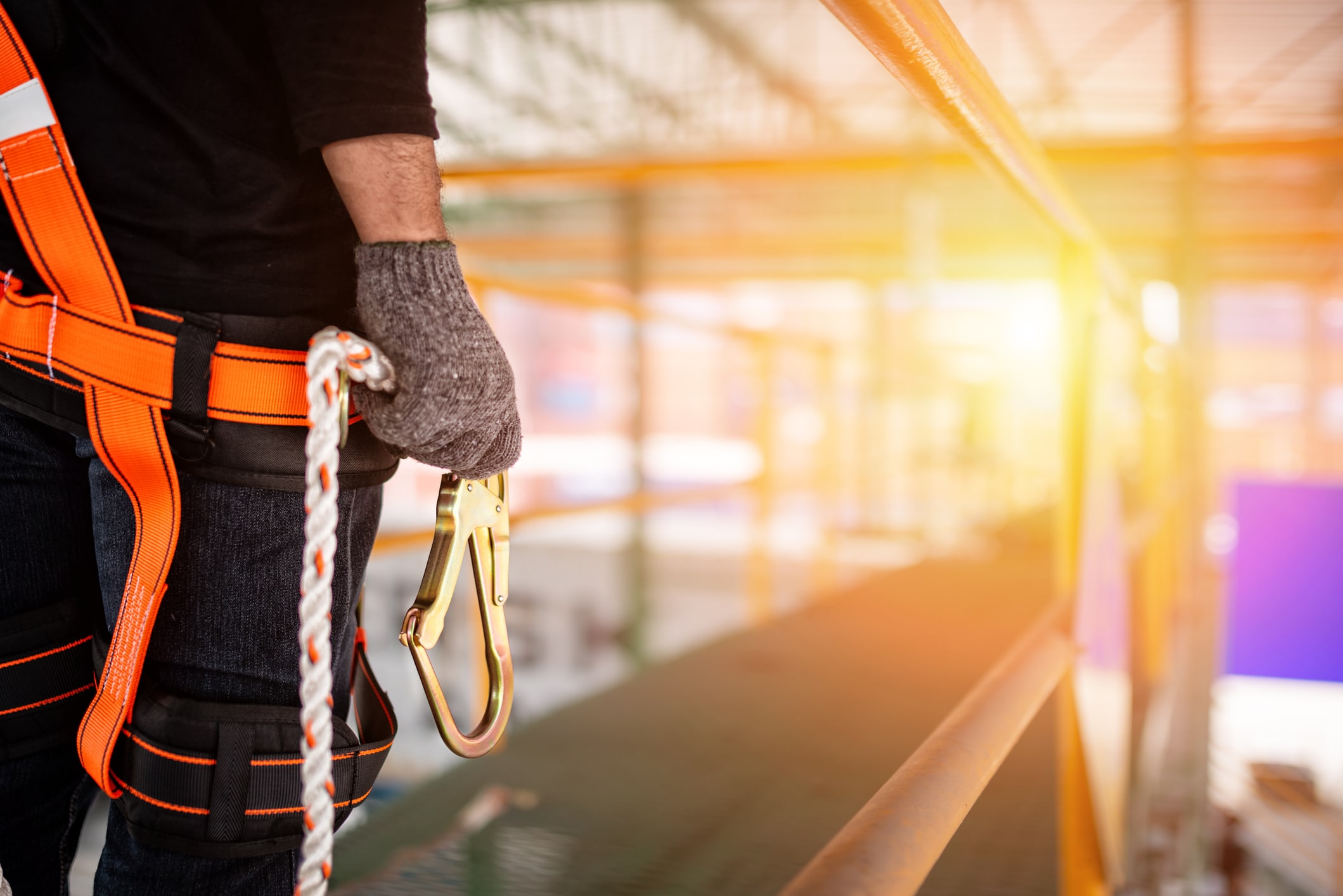
If you ever need to work from a height, you must do so safely. Working from a height is a dangerous thing to do. Over the last two decades, there has been an unnerving amount of workplace fatalities involving falls from height. Ensuring that you are utilising all of the available safety equipment and working in the safest possible way is essential.
When you’re not an expert in the field, the choice of access equipment can be overwhelming. Would podium steps be better than a mobile access tower, for example? What is better, a step ladder or combination ladder? In this article, we’re going to answer all of those important questions. With all the relevant information, you’ll be able to make an informed decision and ensure you're working safely.
Different Types of Access Equipment Available
- Combination ladder
- Extension ladders
- Roof ladders\step ladders
- Telescopic ladders
- Mobile access towers
- Podium steps
- Trestles and staging
- Cherry pickers
- Boom lifts
Each of these options come with their pros and cons. To help you decide which of these access equipment solutions is the best one for you, there are several factors to consider.
Ladders can be very useful when working from a height, but there are times when something more stable and safer is required. To help you consider your options, here are some questions you should be asking.
How Long Will You Be Working From a Height?
Certain types of access equipment aren't designed for you to use them for long periods. Take the various types of the ladder, for example, which are better suited for short term use. If you're going to be working from a height for long periods, a mobile access tower, trestles and staging would be more appropriate. You'll have a more comfortable, spacious, and stable platform to work from.
At What Height Will You Be Working?
Different types of access equipment are available, depending on the height at which you'll be working. If the work is at a low-level, you can use a step stool, step ladder or podium steps quite safely.
If, however, you're going to be working at a much higher level, a combination ladder, telescopic ladder, extension ladder, or mobile access tower will be more suitable.
Will You Be Using Tools or Moving Equipment?
You should always take this into account when choosing access equipment. Take a ladder, for example. Ladders can be very difficult to use if you need to carry tools or move equipment around.
If the work you’re doing requires the use of tools and equipment, it’s much safer if you choose access equipment that allows you to keep all your tools and equipment near and close to hand. This greatly reduces the amount of time you spend travelling up and down.
A mobile access tower, for example, has a large enough platform that will accommodate the extra weight.
Is the Ground Level Where You’re Working?
The state of the ground and its condition will have a big impact on the type of access equipment you choose. If the ground is at all uneven, access equipment with outriggers or stabilisers would be more suitable.
Does the Site Have Any Obstructions?
If you need to move around or over an obstacle during the work the best option will be to choose a cherry picker or boom lift. If, however, there are overhead obstructions such as trees, steelwork, or power cables, a boom lift would not be a good option because there is an increased risk of colliding with overhead obstacles.
When choosing your access equipment, it’s advisable to perform a risk assessment.
How Much Working Space is Available?
Another important factor to consider is the amount of space that’s available for setting up the equipment. Is there going to be sufficient room to get the equipment into place? Is the work being done in a public area where you’ve also got to worry about protecting the public? Will there be any narrow doorways or paths you have to negotiate with the equipment?
You must choose the access equipment that has suitable dimensions.
Does Work Involve Electricity?
A large percentage of the access equipment available is manufactured using either aluminium or fibreglass. If you're working with or around electricity you should use access equipment made from fibreglass. This is because they will have non-conductive properties.
At other times, aluminium is the access equipment of choice because it's very durable and lightweight.
Has the Access Equipment Been Tested?
Always check the equipment has been safety approved and meets the latest UK and European safety standards. Other features to look out for include:
- Grips on the rings
- Rubberised feet
- Strong hinges
- Stabiliser bars
If you would like more information relevant to you and your project, please get in touch with a member of our expert team at PSM.
